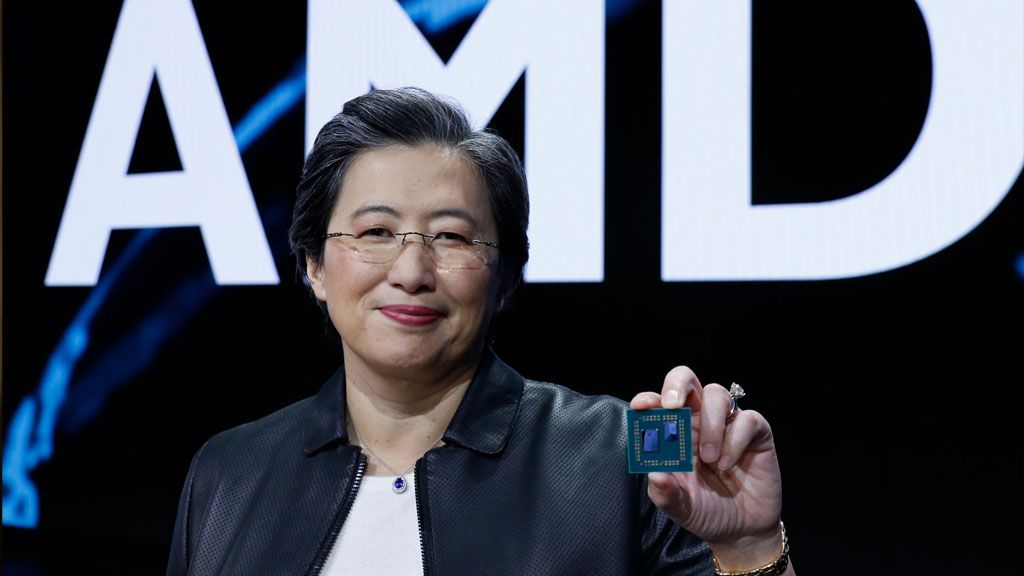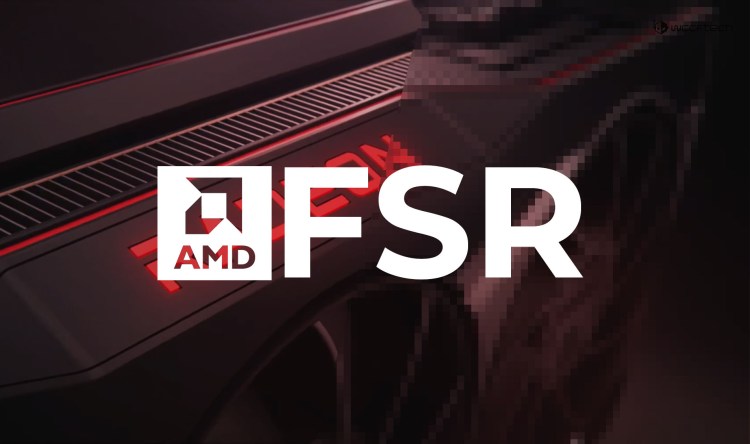GDC 2022 is right around the corner, and while it is largely an event for game developers, there’ll likely be some information for consumers as well. In fact, AMD will present the latest research about its image upscaling tech at the company’s GDC 2022 presentation on March 23. As initially reported by VideoCardz, it’s unlikely that the company will unveil FSR 2.0 (Fidelity FX Super Resolution) or any successive technology. The description for the presentation states that AMD will “present some of the results of their research in the domain of next-generation image upscaling technology,” and its application for gaming. Still, we could see some interesting stuff come out of it.
Upscaling tech has been a big talking point over the last few years. Particularly when it comes to increasing performance in visually-intensive games. We’ve seen the benefits of image upscaling in titles like Cyberpunk 2077, which now supports both Nvidia’s DLSS and AMD’s FSR since its 1.5 patch. There is a key difference between DLSS and FSR though since the former uses motion vector related algorithms supported by built-in hardware to upscale the rendered 3D images. Because of this, DLSS is exclusive to RTX graphics cards. In comparison, AMD’s upscaling tech works in a more traditional way, making it compatible on almost every graphics card and thus a less exclusive option. FSR is still in its early days, but AMD will need to do more to keep up with Intel and Nvidia moving ahead.
Going back to the point of built-in hardware, it’s unlikely AMD will announce anything like DLSS this late in the current Radeon graphics generation. FSR debuted about a year ago now, and any upgrades involving techniques similar to Nvidia’s DLSS would be impossible without dedicated new hardware. That, and an FSR 2.0 would make for great marketing alongside the next generation of Radeon graphics cards.
The future of AMD’s image upscaling
AMD may not reveal anything regarding FSR 2.0 at GDC 2022, but that doesn’t mean there won’t be worthwhile information. Particularly when it comes to how FSR can improve through future iterations. At the moment, FSR uses spatial upscaling and works best when it’s actively tailored for a specific game by the developer.
Intel is also developing its own image upscaling tech called XeSS. From what we understand, Intel’s method is closer to DLSS than FSR, as it uses motion vector related algorithms as well. Granted, we’re still waiting on Intel’s Arc Alchemist graphics cards to release before we can truly see how well XeSS works. Regardless, it’s clear that both Intel and Nvidia’s efforts are somewhat pressuring AMD.
This could mean that FSR 2.0 will feature motion vector related algorithms similarly to Intel and Nvidia’s efforts. However, this could potentially go against AMD’s goal of putting FSR on a wide variety of platforms. As of now, it’s unclear what AMD plans to do.
We’re also still waiting on the release of RSR (Radeon Super Resolution), and the event could mark the release of that driver update. RSR could also provide some clues about AMD’s future plans for image scaling. Although RSR provides a less impressive final image than FSR, it’s implemented by AMD on the driver level instead of by individual game developers. This means RSR can instantly work in thousands of titles, compared to the slow rollout of FSR that’s only present in just over 70 games as of now. Offering RSR for general use alongside an enhanced version of FSR that relies on hardware support is one such possibility AMD could be working towards.
Despite a prior Q1 2022 window being in the cards, AMD has been quiet about it. We may see some mention of it at AMD’s GDC 2022 presentation, but it could be better to hold your breath. For now, we’ll just have to wait and see what AMD will bring to the stage. Luckily we won’t need to wait much longer as AMD’s GDC 2022 presentation kicks off on March 23.









Published: Mar 11, 2022 02:30 pm